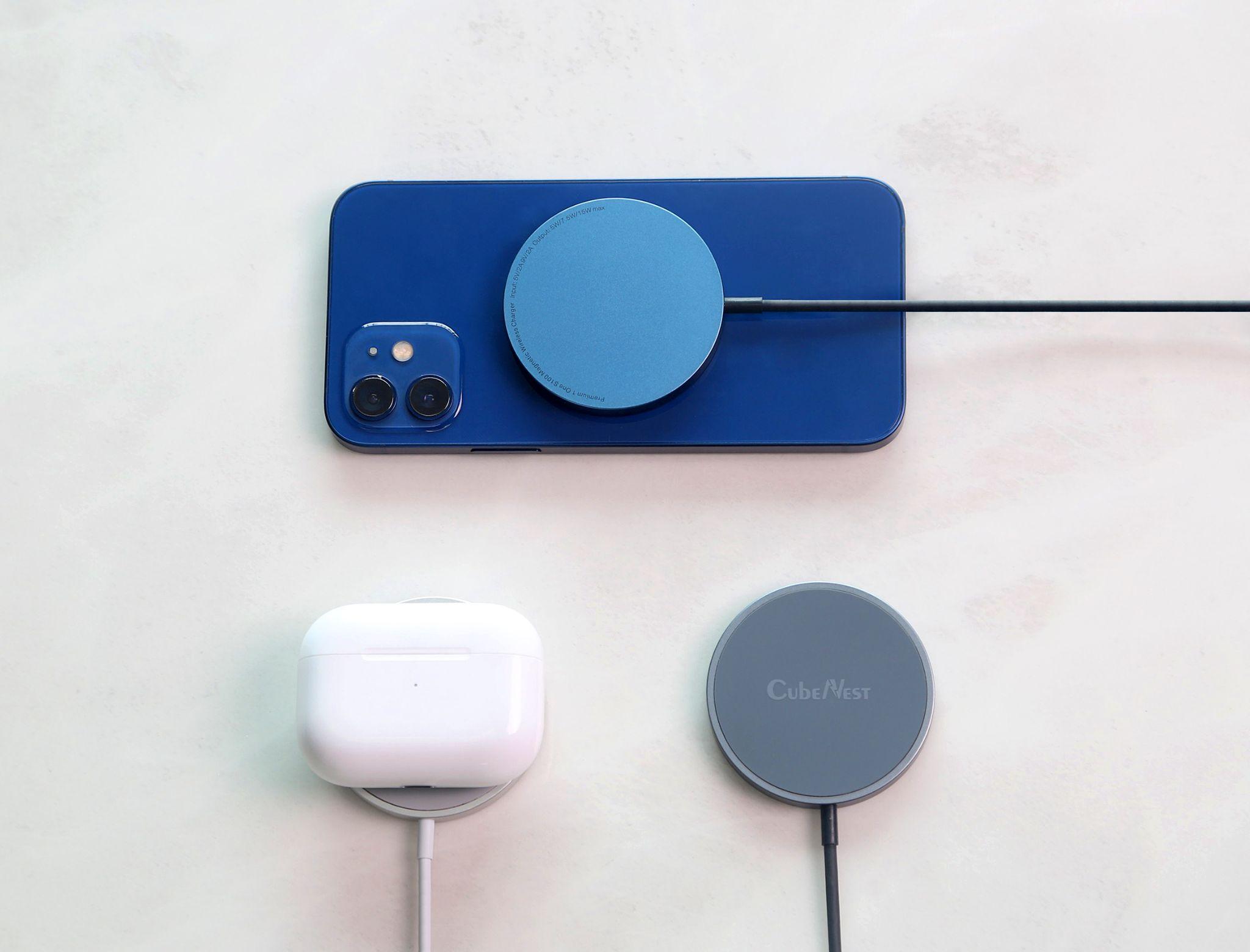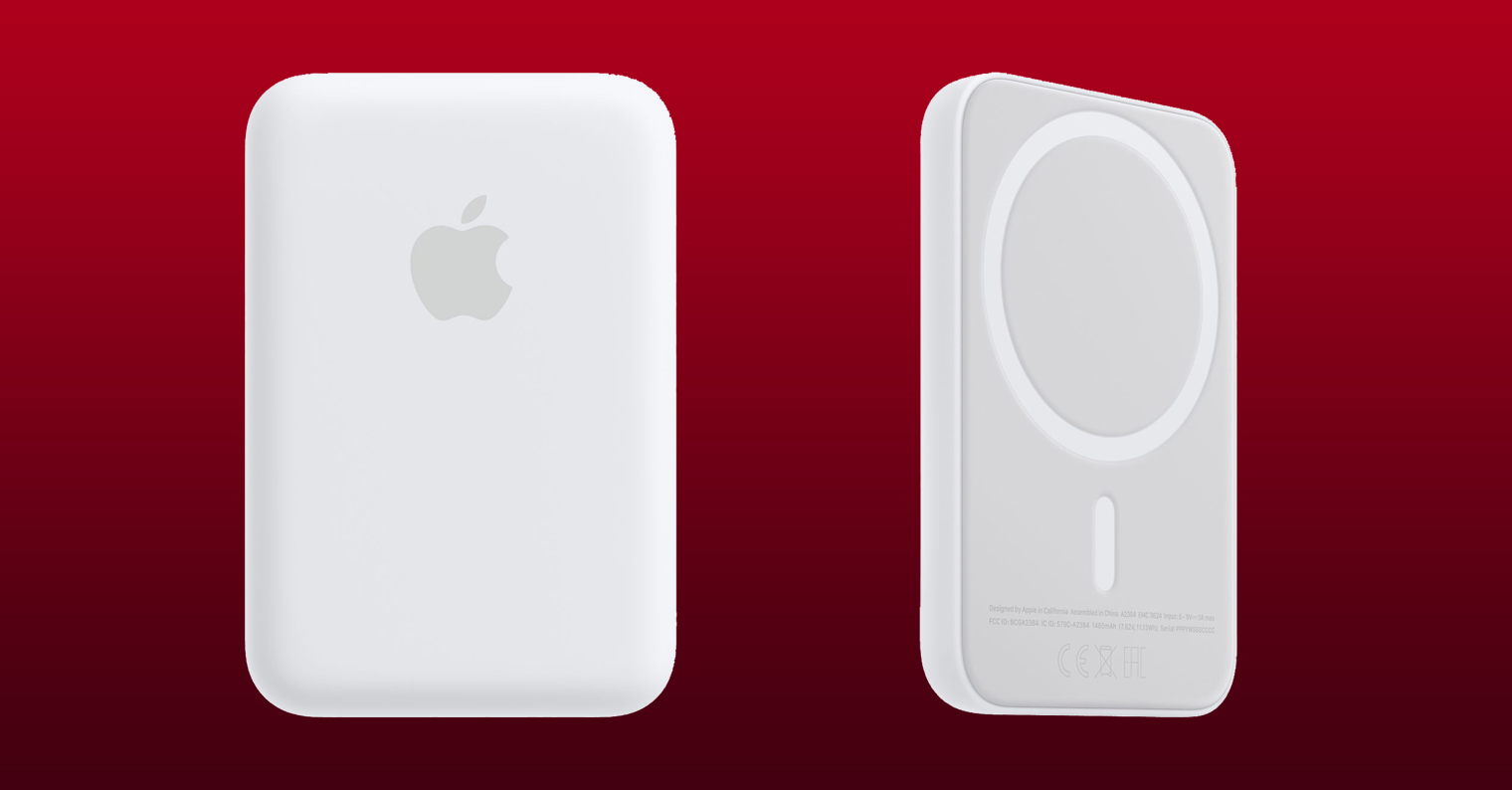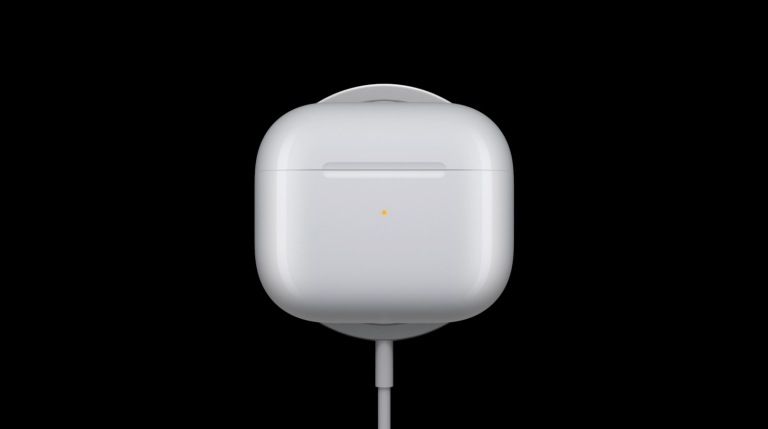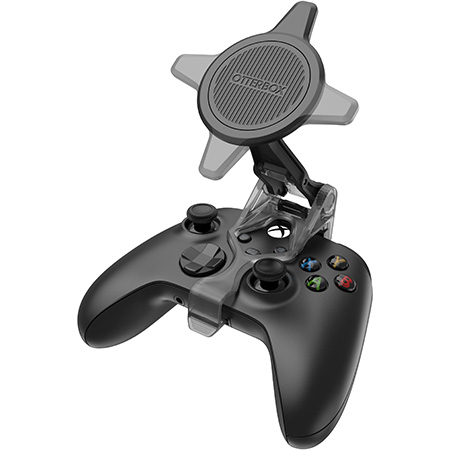Smartphone companies are competing not only in the performance of their cameras and chips, but also in charging - both wired and wireless. It's true that Apple doesn't excel at either. But it does it for a selfish reason, so that the condition of the battery does not decrease drastically. Compared to others, however, it has a clear advantage in MagSafe technology, where it could turn the situation around with its second generation.
Phones with wireless charging make life easier. You don't have to worry about which cable you need, you don't worry about their wear and tear. You simply put the phone in a designated place, i.e. the wireless charger, and it's already buzzing. There are practically only two disadvantages here. One is slower charging speeds, because there are more losses here after all, and the other is possible greater heating of the device. But anyone who has tried "wireless" knows how convenient it is.
Wireless charging is available mainly on higher-end phones that offer a glass and therefore plastic back. In the country, we most often encounter the Qi standard developed by the Wireless Power Consortium, but there is also the PMA standard.
It could be interest you
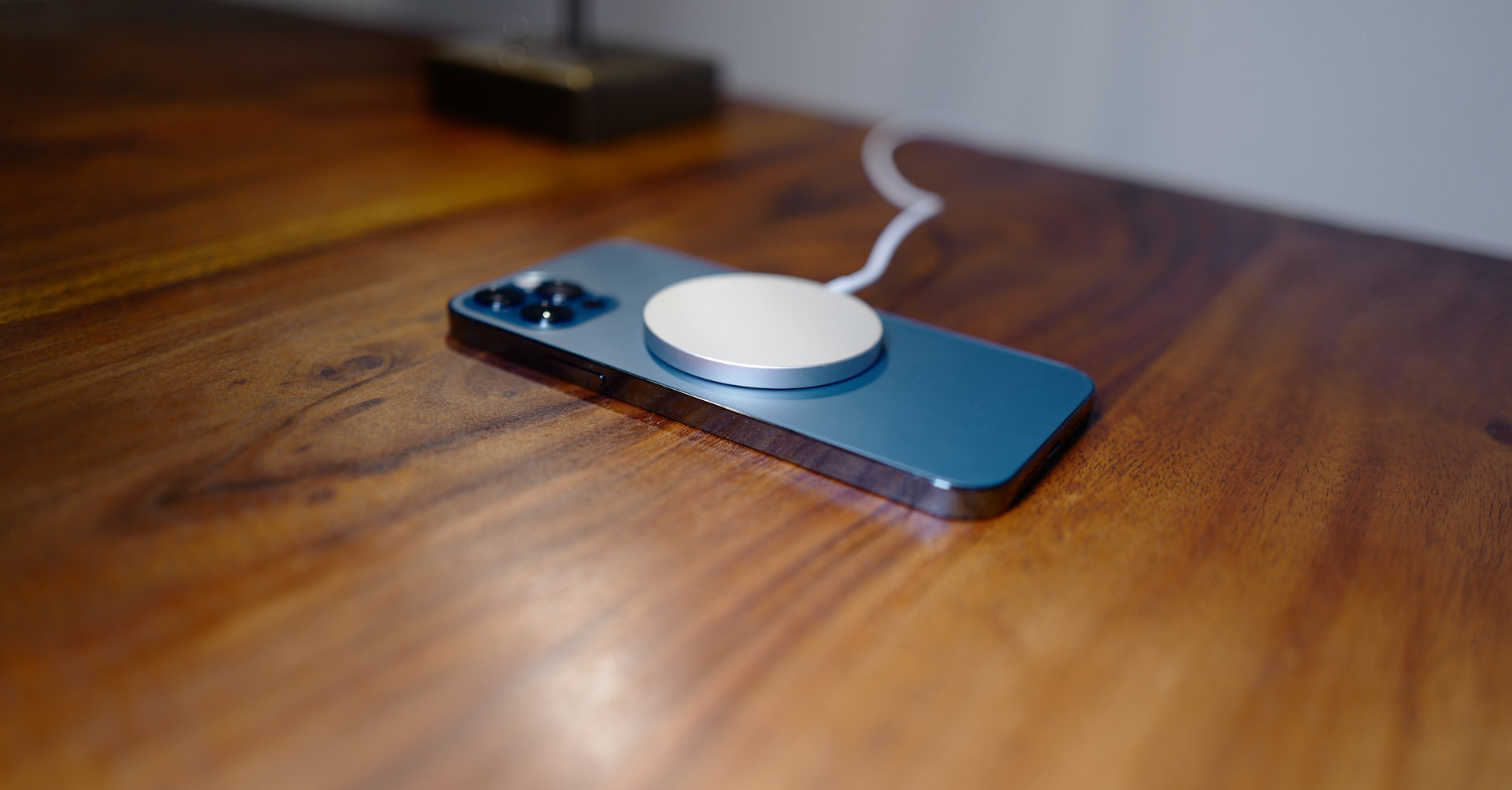
Phones and wireless charging speeds
As for iPhones, Apple introduced wireless charging in the iPhone 8 and X generation in late 2017. Back then, wireless charging was only possible at really low speeds of 5W, but with the release of iOS 13.1 in September 2019, Apple unlocked it to 7,5W - we're having fun so if it is the Qi standard. Along with iPhone 12 came MagSafe technology, which supports 15W wireless charging. iPhones 13 are also fitted to it.
The biggest competitors for the iPhone 13 are the Galaxy S22 series from Samsung. However, it also only has 15W wireless charging, but it is of the Qi standard. Google Pixel 6 has 21W wireless charging, Pixel 6 Pro can charge 23W. But the speeds shoot up significantly to the heights rather with Chinese predators. Oppo Find X3 Pro can already handle 30W wireless charging, OnePlus 10 Pro 50W.
The future in MagSafe 2?
So, as you can see, Apple believes in its technology. Thanks to the precisely aligned coils in the device with MagSafe wireless chargers, it guarantees a higher speed, although it is still rather basic compared to the competition. However, the door is pretty open to improving its technology, whether it's just the current generation, or just with some redesign in the new version.
It could be interest you
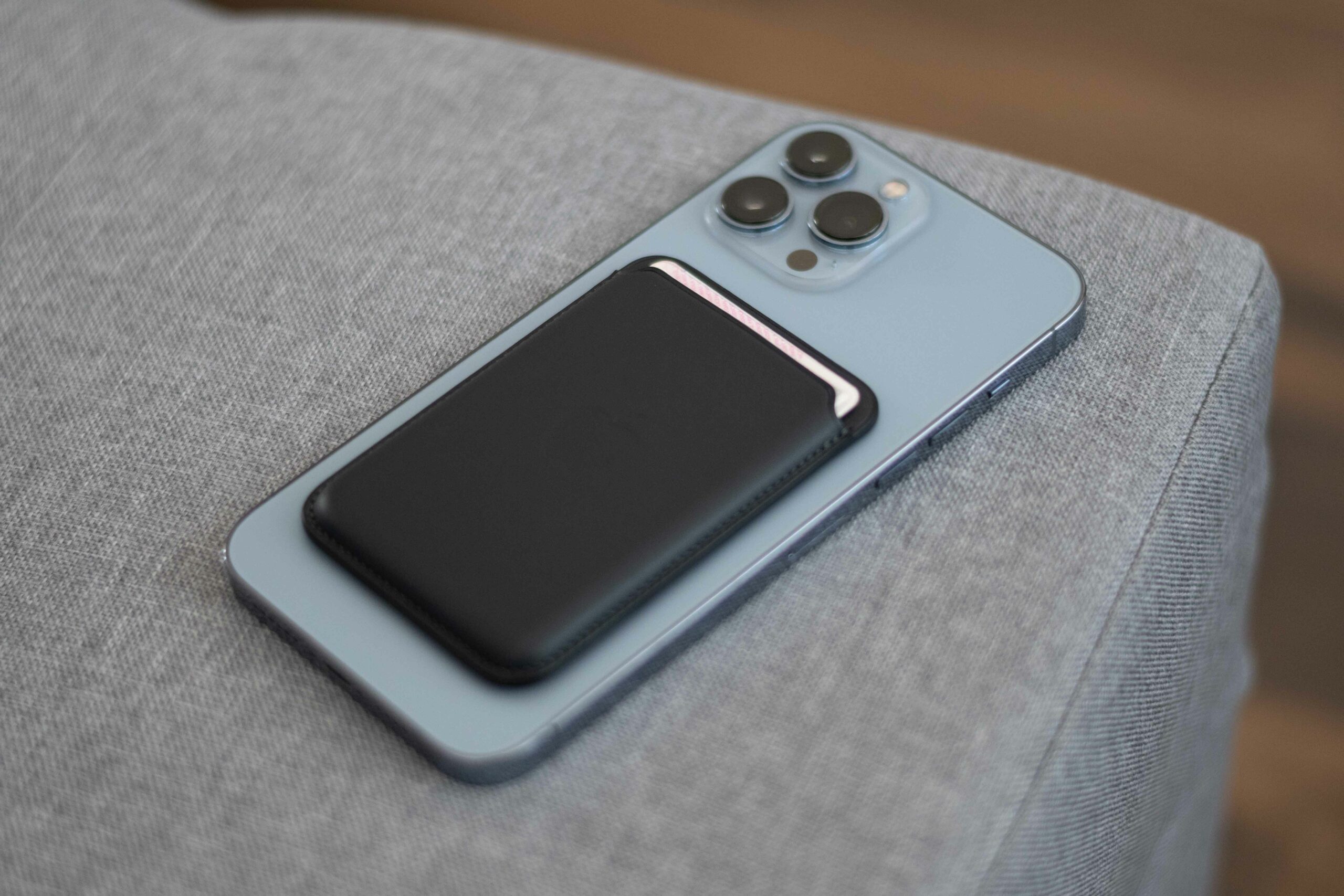
But Apple is not the only one with similar technology. Since MagSafe has a certain success and, after all, potential, other Android device manufacturers also decided to beat it slightly, but of course with less impact on accessory manufacturers, so they rather bet on their own. These are, for example, Realme phones that have MagDart technology enabling up to 50W wireless charging and 40W Oppo MagVOOC.

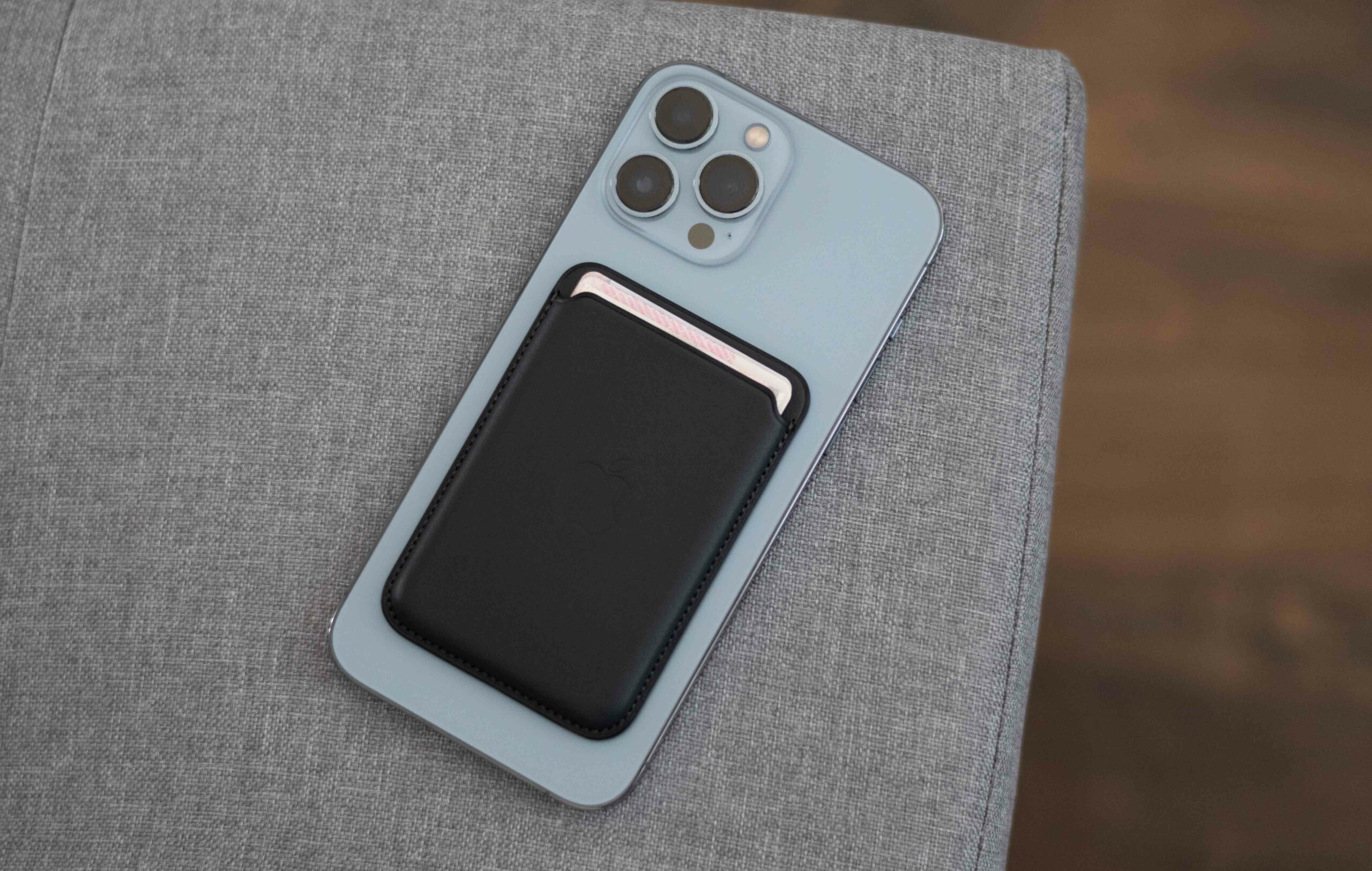
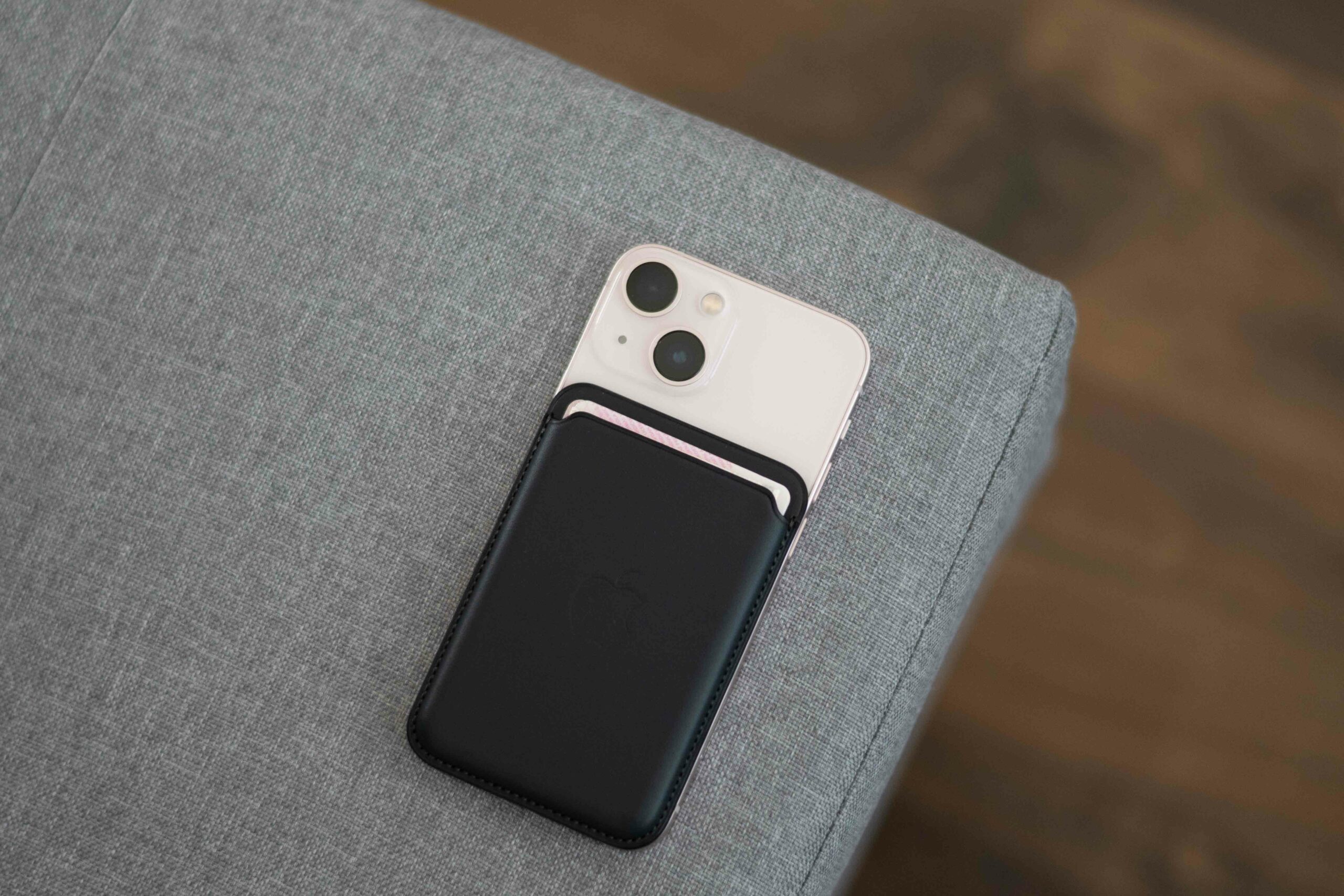

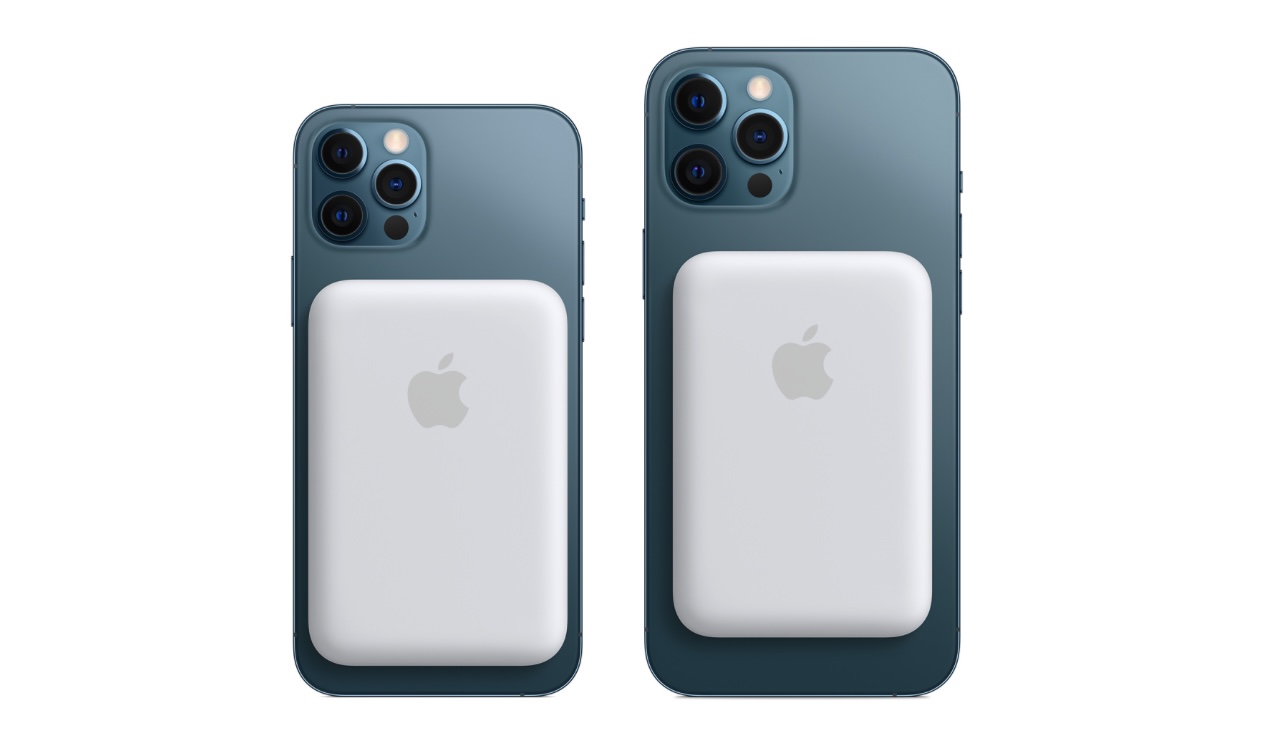
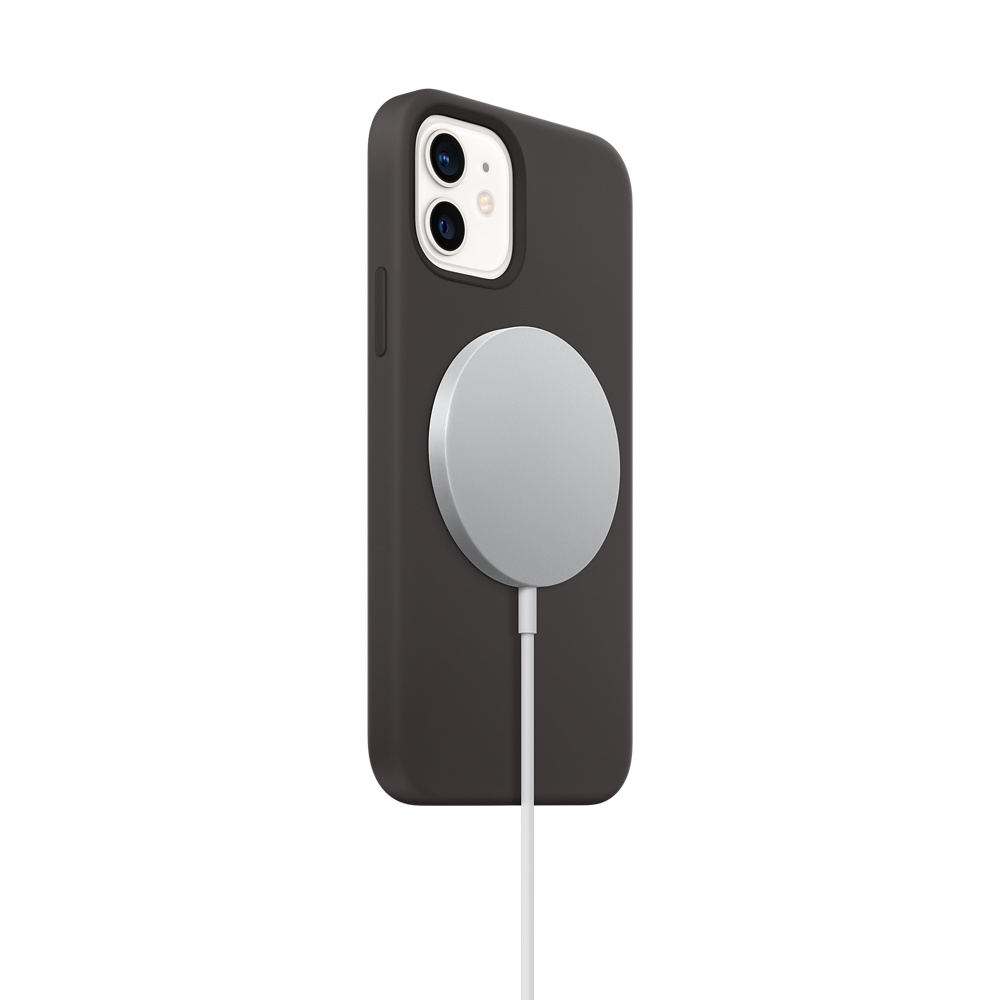
 Adam Kos
Adam Kos 